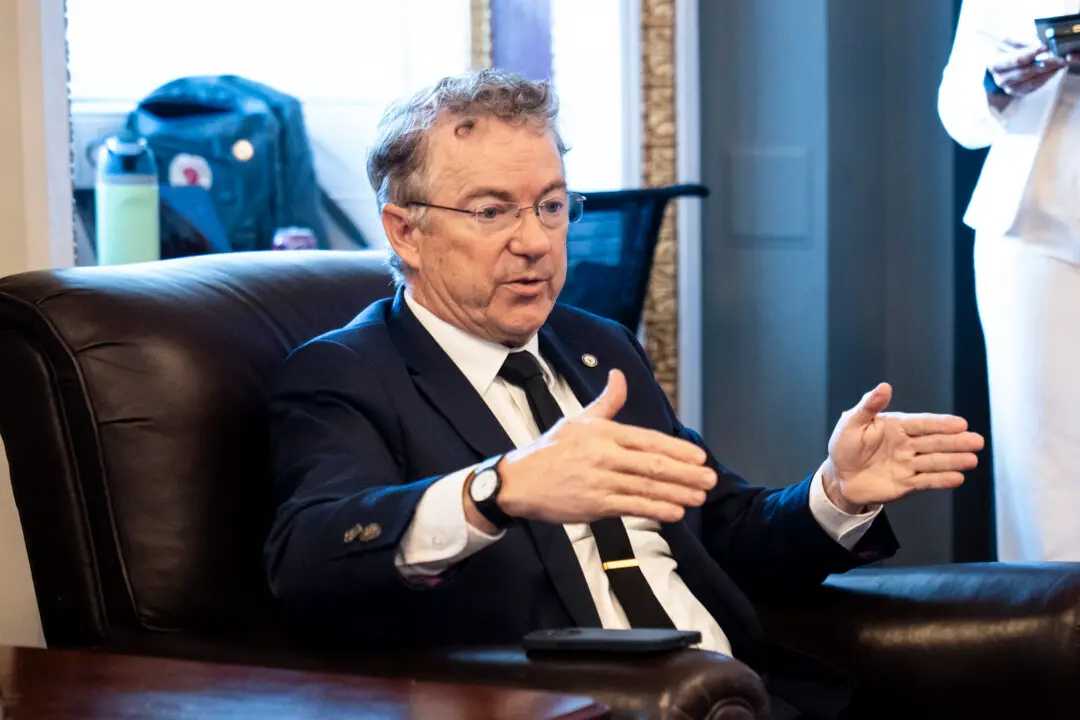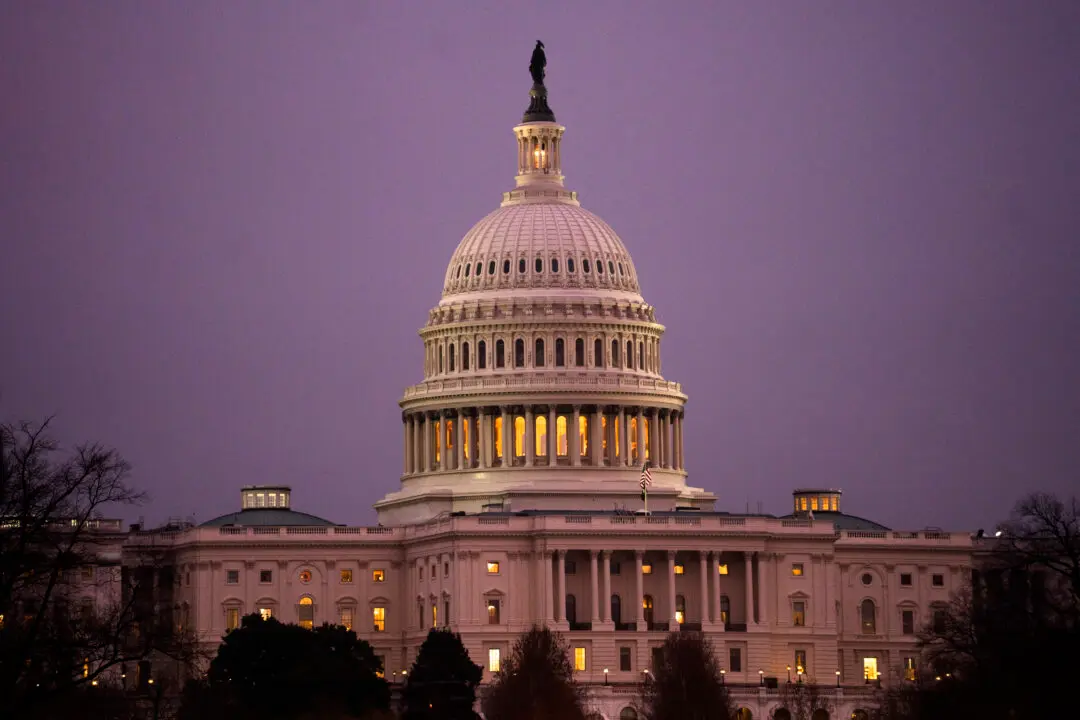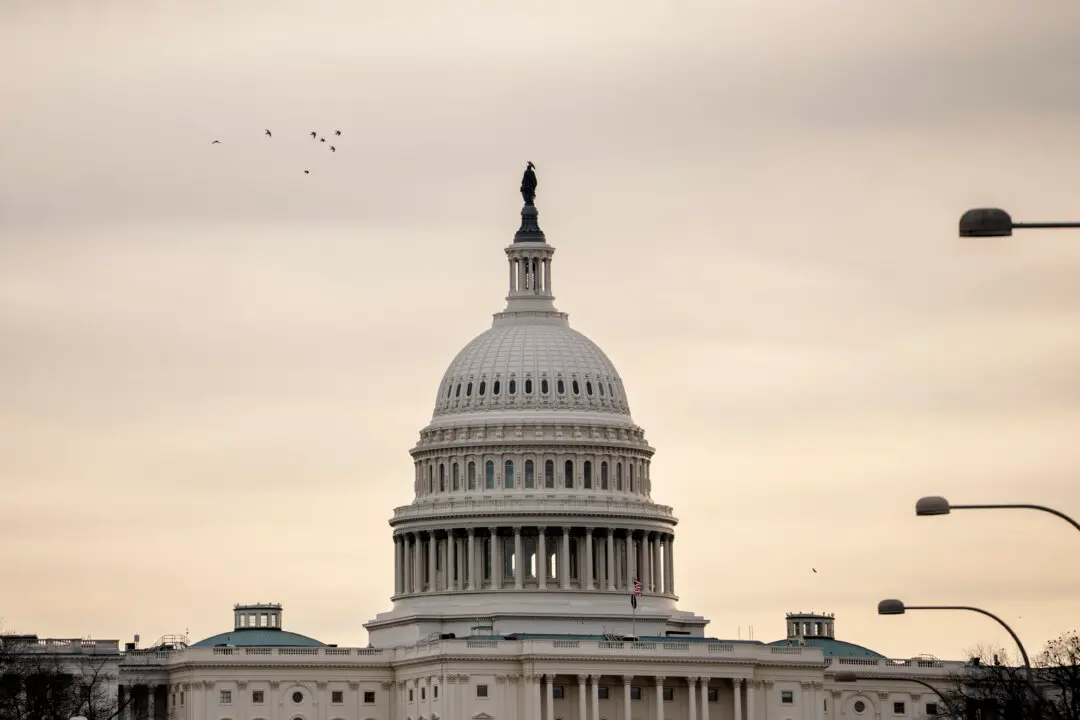With the Russia-Ukraine war still raging, physicist and cosmologist Max Tegmark has estimated the odds of global nuclear war in the near future at one in six, in an article and a social media post that went viral.
The Swedish-American MIT professor made the prediction in an Oct. 8 post on LessWrong, a rationalist community blog created by American artificial intelligence researcher Eliezer Yudkowsky.





